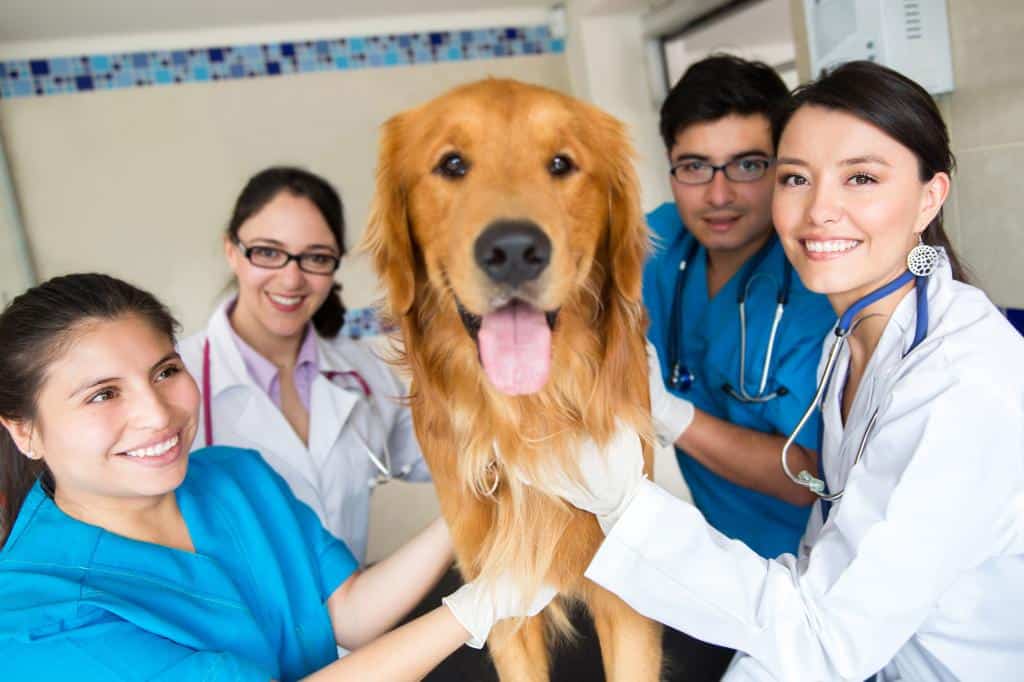Veterinary practice is busy. Clinical teams are stretched and it can be a challenge to find veterinary nurse CPD that is both cost-effective and easy to access around a hectic schedule. There just aren’t enough hours in the day. Of course, maintaining a good work-life balance needs to be factored into the equation too.
If you are looking to find ways to meet your CPD requirements, you’re in the right place. Read on for everything from the activities that count as CPD, to our top tips for reflecting, as well as how Agilio’s iLearn platform can help you meet your annual target. With a library of flexible, bite-sized CPD courses, learning can be broken down into manageable sessions, so that you can learn at a time and place convenient to you.
From in-house case discussions to shadowing colleagues and self-directed reading there are lots of ways to clock up your veterinary nurse CPD.
A recent survey revealed that on-demand video-based CPD ranked as the top choice of leaning platform for 47 percent of respondents. Agilio’s iLearn, with flexible learning options for all members of the practice team, makes fitting CPD around busy work schedules a breeze.
Considering a career in veterinary nursing? Check out our article on how to become a veterinary nurse: essential skills and qualifications to find out more.









